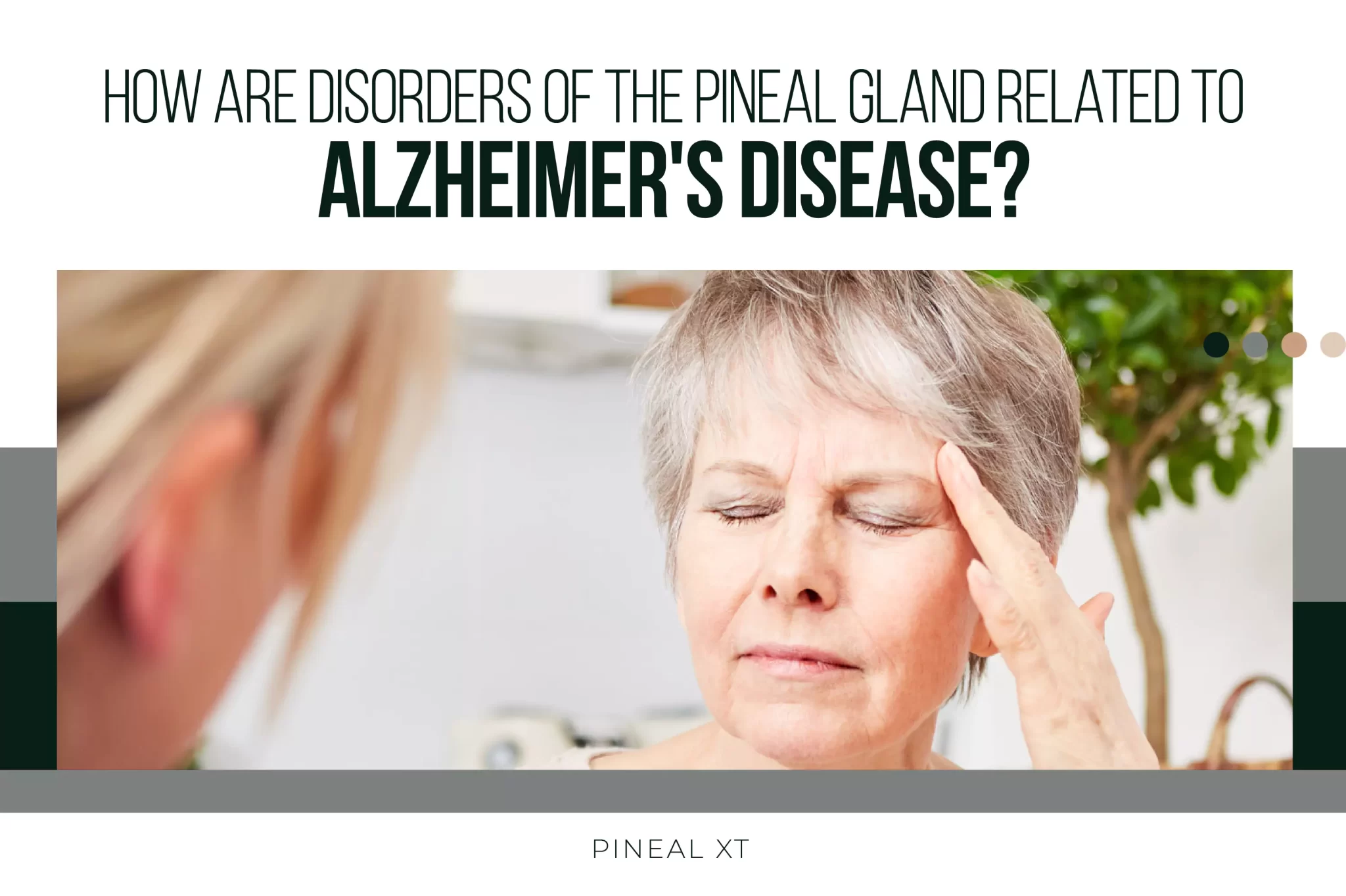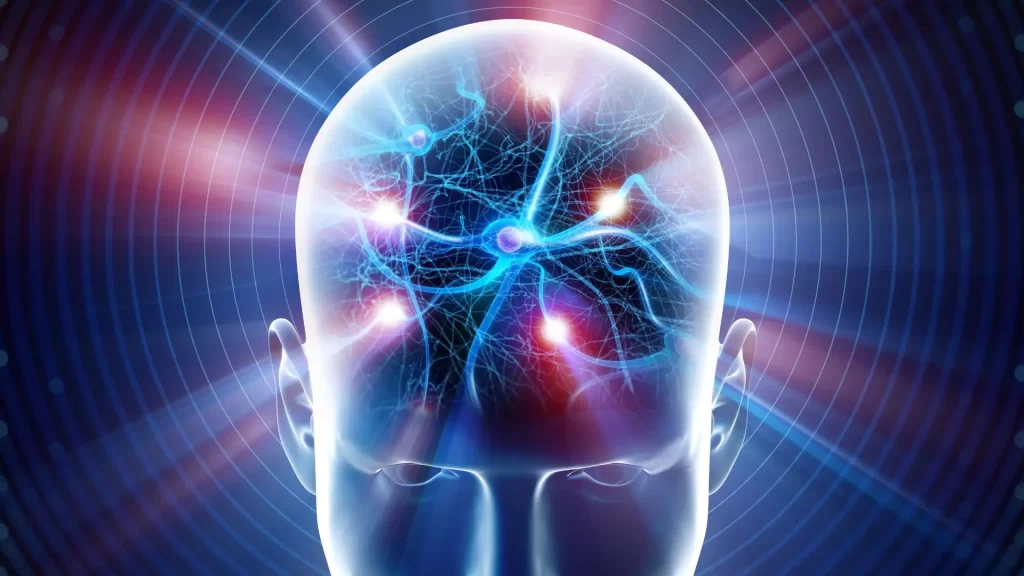How Are Disorders of the Pineal Gland Related to Alzheimer’s Disease?

Hey there!
It’s Eric Thompson here.
As you may have already guessed…
I’ve always been knee-deep in the world of medicine.
But let me tell you…
Even I was floored when I stumbled upon some groundbreaking research…
Linking the pineal gland to Alzheimer’s disease (AD).
Let me share with you a bit about the fascinating intersection of neuroscience and neurodegeneration.

The Pineal-AD Connection
Each structure of the brain plays a crucial role in maintaining the delicate balance of our bodies.
Among these structures lies the pineal gland…
A modest yet mighty sentinel perched at the center of it all.
The pineal gland organizes our biological rhythms…
Guiding us through the ebb and flow of waking life and restful slumber.
Yet, recent studies have illuminated a complex relationship between pineal gland dysfunction…
And the onset or progression of AD.
Alzheimer's Disease, Diabetes, and Melatonin
In recent years, a novel concept has emerged…
One that challenges our preconceived notions of disease classification and pathogenesis.
Dubbed “type 3 diabetes,” this enigmatic entity represents a convergence point between AD and diabetes…
Bridging the gap between neurological degeneration and metabolic dysfunction.
At its core lies the insidious specter of insulin resistance…
A common thread that binds these seemingly disparate worlds.
Studies exploring the relationship between AD and diabetes have uncovered a wealth of commonalities…
From disrupted circadian rhythms and blood-brain barrier (BBB) integrity…
To altered glucose metabolism and insulin signaling pathways.
Within this nexus of shared mechanisms…
The pineal gland emerges as a central player.

After all, it’s the guardian of our circadian rhythms and a source of melatonin…
The hormone that organizes our biological rhythms through the day and night.
The Role of Melatonin
Melatonin is responsible for our biological balance…
And a potent regulator of both circadian rhythms and metabolic homeostasis.
Synthesized by the pineal gland under the cover of darkness…
Melatonin wields a multifaceted arsenal of protective mechanisms…
From safeguarding against Aβ accumulation to modulating insulin sensitivity and BBB permeability.
Studies have unveiled a complex interplay between melatonin and type 3 diabetes…
Suggesting that this hormone may hold the key to attenuating the onset and progression of AD pathology.
By intervening in Aβ accumulation…
Insulin resistance, glucose metabolism, and BBB permeability…
Melatonin emerges as a promising therapeutic candidate to fight against neurodegenerative disease.
Pineal Dysfunction in AD
Now, let’s get back to the role of the pineal gland in AD.
The pineal gland, our guardian of circadian rhythms…
May falter in the face of AD pathology.
When it’s reduced in volume by calcifications…
Or besieged by immune dysregulation…
The pineal gland starts lacking balance and…
If left unchecked…
May tip the scales toward cognitive decline and memory loss.
The consequences of a disrupted sleep-wake cycle are the hallmark of pineal dysfunction in AD.
As the rhythm falters…
So too does the dance of neuronal activity…
Leaving behind a wake of cognitive impairment and emotional upheaval.
It’s a sobering reminder of the profound impact that the pineal gland has over our minds.
Fluoride and Lifestyle Choices
But wait—what of the calcified sentinels that dot the landscape of our pineal glands?
Here, the plot thickens.
When we age…
Our pineal glands become unwitting hosts to a curious phenomenon:
Calcification.
Like the buildup of sediment in a riverbed…
These calcified deposits accumulate over time…
Casting a shadow over the once-vibrant landscape of our circadian rhythms.
But what catalyzes this calcification process?
Fluoride.
A ubiquitous presence in our modern-day lives.
This substance lurks within our water supply, toothpaste tubes…

And even the foods we eat.
Studies have suggested that chronic fluoride exposure may exacerbate pineal calcification…
Serving as a silent accomplice in the progression of AD pathology…
And type 3 diabetes.
Lifestyle choices…
From diet and exercise to stress management and sleep hygiene…
Also influences the calcification of our pineal glands.
That’s why it’s so important to embrace a holistic approach to health and wellness…
So we can mitigate the impact of pineal dysfunction…
And safeguard against the ravages of AD and type 3 diabetes.
The Therapeutic Landscape
So, where do we go from here?
Well, armed with this newfound knowledge…
We’re primed for action.
By zeroing in on the intricate mechanisms of pineal dysfunction…
We might just stumble upon the holy grail of AD treatment.
Whether it’s devising interventions to restore the immune-pineal axis…
Fine-tuning strategies to promote neurogenesis…
Or tackling sleep disturbances head-on…
The possibilities are as endless as they are exciting.
A Call to Action
But hey…
I’m just one guy eager to peel back the layers of the pineal gland.
It’s gonna take a village…
(nay, a bustling metropolis)
Of researchers, clinicians, caregivers…
And curious minds like yours to turn these discoveries into tangible solutions.
So, what do you say?
I’m ready to join the quest for a brighter future for those affected by AD.
In Conclusion: Let's Keep the Conversation Going
I want to leave you with one simple message today:
Keep the curiosity alive.
There’s always more to learn, more questions to ask…
And more discoveries to be made.
So, let’s keep the conversation going, shall we?
Until next time,
Eric Thompson

